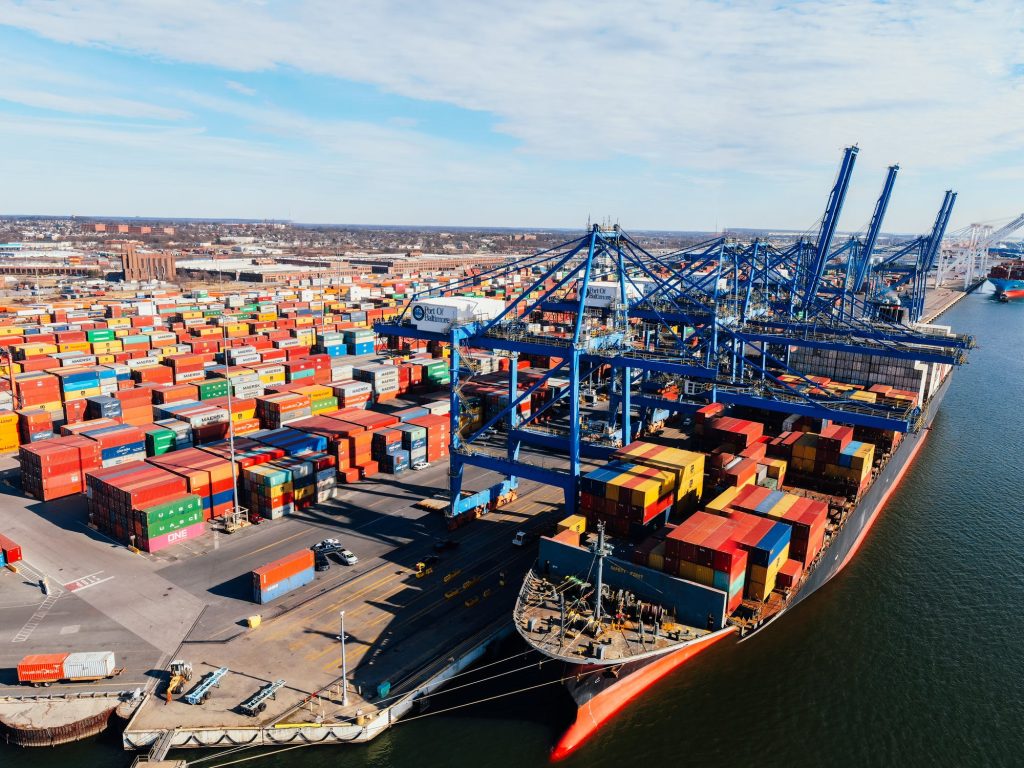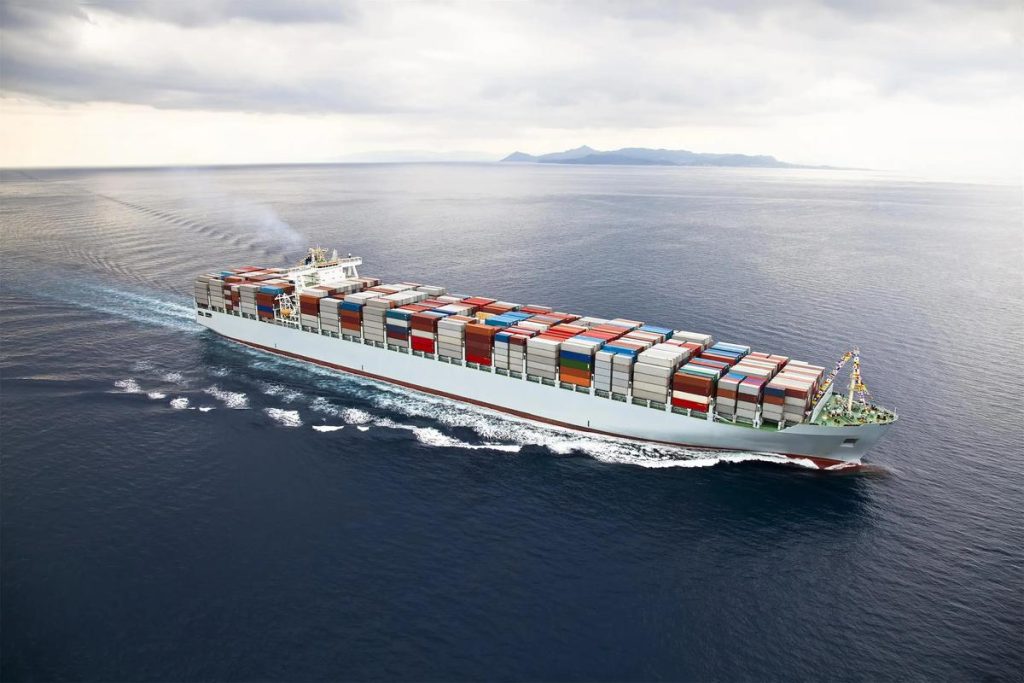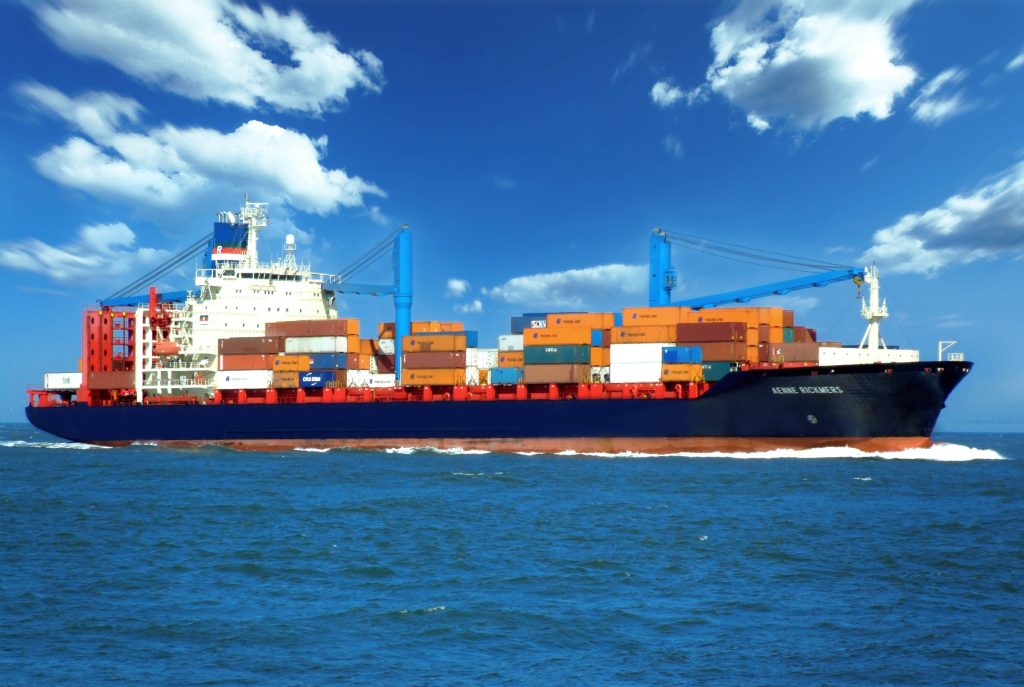


The remote Caribbean island of Montserrat, a British Overseas Territory, presents unique opportunities and challenges for global exporters. As China expands its trade footprint in the Caribbean, understanding the complexities of China-to-Montserrat freight forwarding is critical for businesses seeking to access this emerging market. This article unpacks key strategies, logistical hurdles, and innovations shaping this niche trade route in 2024.
- Transportation Routes and Modalities
Montserrat’s geographic isolation and limited infrastructure necessitate a reliance on regional hubs for China-bound cargo:
- Maritime Shipping: Most goods arrive via regional ports like Port of Spain (Trinidad and Tobago) or Bridgetown (Barbados), requiring transshipment via feeder vessels. Direct shipping options are scarce, leading to extended transit times (30–50 days). The Panama Canal remains a pivotal leg for Asia-Caribbean routes.
- Air Freight: Limited capacity due to Montserrat’s small airport (John A. Osborne Airport), which handles only regional flights. High-value goods often transit through San Juan (Puerto Rico) or Bridgetown before local delivery.
- Multimodal Solutions: Combining ocean freight with road transport via neighboring islands complicates coordination but optimizes cost-efficiency.
- Unique Challenges in China-Montserrat Logistics
Freight forwarders face three primary hurdles:
- Infrastructure Limitations: Montserrat’s shallow harbor and limited warehousing capacity require meticulous cargo planning to avoid delays.
- Regulatory Complexity: Compliance with EU regulations (as a British Overseas Territory) and CARICOM trade protocols adds layers of documentation, including CITES permits for restricted goods.
- Natural Disasters: Volcanic activity (e.g., Soufrière Hills) and hurricanes disrupt port operations, demanding flexible contingency planning.
- The Critical Role of Freight Forwarders
Specialized freight forwarders bridge gaps by:
- Regional Hub Coordination: Streamlining transshipment through trusted partners in Trinidad, Barbados, or Antigua.
- Customs Mastery: Preempting delays by aligning with Montserrat’s stringent biosecurity and tax compliance requirements.
- Risk Mitigation: Offering cargo insurance tailored to hurricane seasons and volcanic risks.
- Emerging Trends in 2024
- Digital Clearances: Adoption of electronic documentation systems to expedite CARICOM single-market processes.
- Sustainable Practices: Growing demand for eco-friendly packaging and carbon-neutral shipping to align with Montserrat’s climate resilience goals.
- Regional Partnerships: Leveraging the OECS (Organization of Eastern Caribbean States) trade agreements to reduce tariffs on Chinese imports.
- Selecting the Right Freight Forwarder
Businesses should prioritize providers with:
- Local Expertise: Knowledge of Montserrat’s restricted goods list (e.g., agricultural imports requiring fumigation).
- Multi-Hub Networks: Partnerships with carriers serving Caribbean feeder routes.
- Crisis Management: Protocols for rerouting cargo during natural disasters or port closures.
Conclusion
China-to-Montserrat freight forwarding demands a blend of regional insight and global logistics prowess. By partnering with forwarders adept at navigating volcanic risks, regulatory frameworks, and multi-island transshipments, businesses can unlock Montserrat’s growing demand for electronics, construction materials, and manufactured goods. As digital tools and sustainability reshape Caribbean trade, strategic partnerships will be the linchpin for success in this underserved market.
Meta Description: Unlock efficient China-to-Montserrat shipping strategies in 2024. Learn how to overcome island logistics challenges, master CARICOM compliance, and partner with specialized freight experts.*
